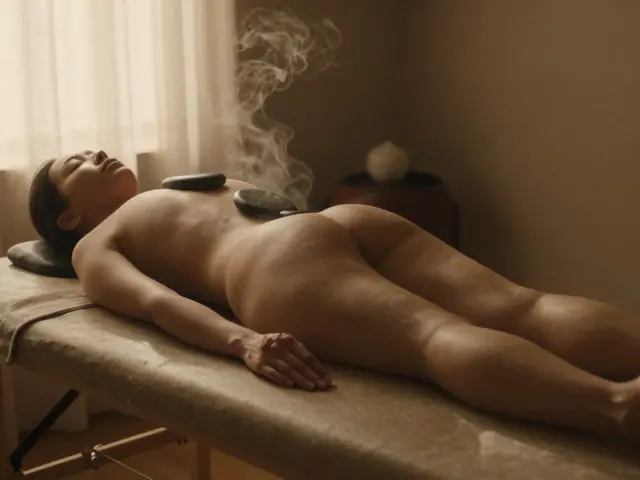Improving Health with Massage, Bodywork & Simple Daily Practices
You don’t always need strong meds or long rest to feel better. Small, targeted bodywork and easy daily moves often cut pain, loosen tightness, and lift your mood. This page pulls together practical tips from massage traditions and therapies so you can pick what fits your life.
Start with one clear goal: reduce pain, sleep better, or move easier. That focus decides what to try. For tight shoulders and headaches, acupressure points and gentle neck release work fast. For chronic low back tension, try Amma-style focused strokes or simple Feldenkrais lessons that teach your body to move with less strain.
Quick techniques you can do at home
Use a tennis ball or frozen water bottle for trigger point release—lean into the spot for 30–60 seconds, breathe, then move the joint slowly. For stress and sleep, press the inner wrist crease (pericardium point) for one minute while breathing slowly. Hot showers or heated stones relax muscle knots before deeper work. Do these 3–4 times a week; small, regular habits stick.
Movement matters. Short mobility routines beat lots of passive rest. Spend five minutes each morning doing gentle spine twists, hip circles, and ankle pumps. These keep joints lubricated and help therapies like Rolfing or Hellerwork hold longer when you do them.
Choosing the right session and getting results
Match the therapist to the problem. Want posture and long-term change? Look for structural work like Hellerwork, Rolfing, or Feldenkrais. Need gentle pain relief or to work with nervous system sensitivity? Try Ortho-Bionomy or palliative massage approaches. If you want a cultural tradition, hilot or Lomi Lomi offer ritual and relaxation as part of healing.
At your first visit, say what you want to change and what you already tried. A good therapist will ask about your daily habits, show a few movements to do at home, and give a simple plan for follow-up. Expect change over weeks, not always after one session. Track small wins: fewer pain days, deeper sleep, or easier stairs.
Warnings and smart choices: avoid deep work over inflamed joints or open wounds. If pain spikes or you feel numbness, stop and seek medical advice. For chronic conditions, combine bodywork with light exercise, better sleep, and small food changes that support recovery—simple protein at meals and steady hydration help tissues heal.
If you’re curious but unsure, try a short massage or a beginner Feldenkrais class. Notice how your body responds and build from there. Improving health is a collection of small, consistent steps—pick one technique, use it twice a week, and see what changes in a month.

The Ultimate Guide to Knife Massage Therapy
In this in-depth guide, I'll be sharing some of my insights and knowledge about the intriguing world of knife massage therapy. You might feel a slight twinge of apprehension, but trust me, the benefits are staggering. Ancient practice's power lies in its ability to improve overall health, create pain relief, and release energy blockages in the body. So, sit back, relax and let's delve into this remarkable therapy technique.
Categories
- Health and Wellness (148)
- Alternative Therapies (86)
- Massage Therapy (40)
- Travel and Culture (15)
- Beauty and Skincare (9)
- Holistic Health (8)
- Health and Fitness (5)
- Spirituality (5)
- Other (2)
- Personal Development (2)



